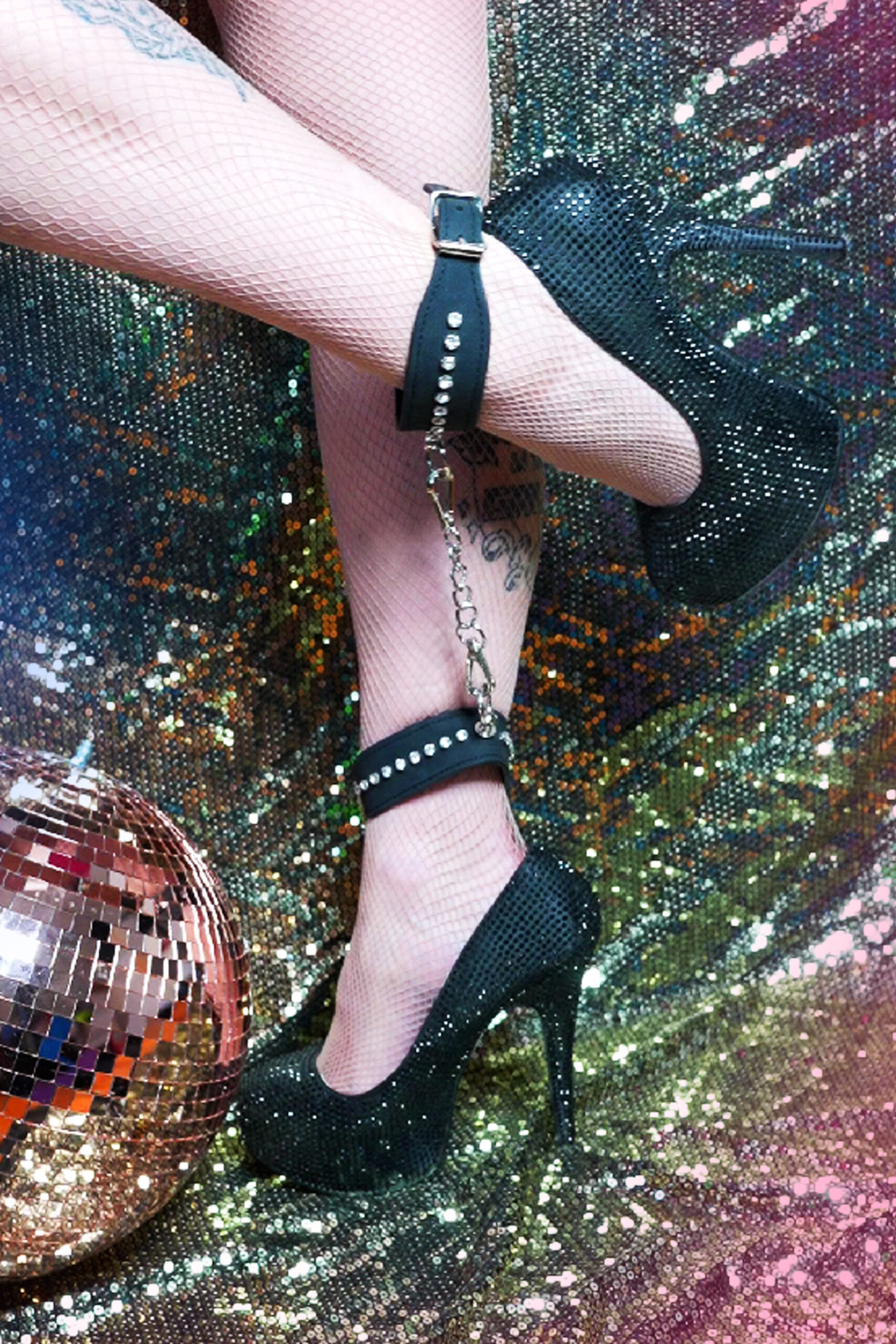Understanding Gender in Relation to Skoliosexuality
Skoliosexuality, often misunderstood, refers to romantic and sexual attraction to individuals who have gender identities that fall outside of the traditional binary of male and female. Exploring skoliosexual experiences necessitates a deep understanding of how gender identity intersects with attraction, moving beyond simplistic notions of “male” and “female” categories.
The Spectrum of Gender Identity
Understanding skoliosexuality requires acknowledging the fluidity and spectrum of gender identity. Gender identity is a deeply personal sense of oneself as male, female, both, neither, or somewhere else along the spectrum. It’s distinct from sexual orientation, which refers to who a person is attracted to.
Skoliosexual individuals are attracted to those whose gender identities exist outside the traditional binary of male and female. This can encompass individuals who identify as transgender, non-binary, agender, genderfluid, or any other identity that falls outside societal norms.
Recognizing this spectrum is crucial for understanding skoliosexuality. It emphasizes that gender is not a fixed or binary concept, and attraction can be based on an individual’s felt gender experience rather than societal expectations.
How Skoliosexuality Intersects with Gender Fluidity
Skoliosexuality, often misunderstood, refers to romantic and sexual attraction to individuals who have gender identities that fall outside of the traditional binary of male and female. Exploring skoliosexual experiences necessitates a deep understanding of how gender identity intersects with attraction, moving beyond simplistic notions of “male” and “female” categories.
Understanding skoliosexuality requires acknowledging the fluidity and spectrum of gender identity. Gender identity is a deeply personal sense of oneself as male, female, both, neither, or somewhere else along the spectrum. It’s distinct from sexual orientation, which refers to who a person is attracted to.
Skoliosexual individuals are attracted to those whose gender identities exist outside the traditional binary of male and female. This can encompass individuals who identify as transgender, non-binary, agender, genderfluid, or any other identity that falls outside societal norms.
Recognizing this spectrum is crucial for understanding skoliosexuality. It emphasizes that gender is not a fixed or binary concept, and attraction can be based on an individual’s felt gender experience rather than societal expectations.
- A key aspect of this understanding involves recognizing that gender identity is distinct from sexual orientation.
- While sexual orientation describes who a person is attracted to, gender identity describes how a person internally understands their own gender.
Examples of Gender Expression and Its Relevance
## Exploring the Experiences of Skoliosexual Individuals
Gender expression is another crucial element in understanding skoliosexuality. Gender expression encompasses the way individuals present themselves outwardly, including clothing, mannerisms, behavior, and other outward characteristics that convey their gender identity. It’s important to note that gender expression can vary greatly from person to person and doesn’t always align with societal expectations of masculinity or femininity.
For skoliosexual individuals, attraction can be drawn to a person’s gender expression even if it doesn’t conform to traditional binary norms. This highlights the importance of recognizing that gender expression is diverse and fluid, existing on a spectrum beyond male and female presentations.
Examples of gender expression include:
- Wearing clothes typically associated with a different gender
- Using pronouns that don’t align with the sex assigned at birth
- Expressing oneself through makeup, hairstyles, or body modifications in ways that challenge traditional norms
Understanding diverse gender expressions allows us to appreciate the richness and complexity of human identity and fosters a more inclusive environment for all.
Personal Stories and Perspectives
### Challenges and Stigma Faced
### Community and Support Networks

Skoliosexuality, often misunderstood, refers to romantic and sexual attraction to individuals who have gender identities that fall outside of the traditional binary of male and female. Exploring skoliosexual experiences necessitates a deep understanding of how gender identity intersects with attraction, moving beyond simplistic notions of “male” and “female” categories.
Challenges faced by skoliosexual individuals stem from societal stigma and lack of understanding. Many experience discrimination, prejudice, and social isolation due to their attraction to people outside the gender binary.

- Coming out as skoliosexual can be particularly challenging because it often requires disclosing complex identities and navigating potential negative reactions from family, friends, or society at large.
- Skoliosexual individuals may encounter microaggressions, assumptions about their sexuality, and a lack of representation in media and popular culture, contributing to feelings of invisibility and isolation.
Building supportive community networks is essential for skoliosexual individuals to find acceptance, belonging, and shared experiences. Online platforms and support groups provide spaces for connection, education, and mutual support.
- These communities offer valuable resources, advice, and a sense of solidarity that can empower skoliosexual individuals to navigate the challenges they face.
- Local LGBTQ+ organizations often have programs and resources specifically tailored to the needs of those with diverse gender identities and attractions.
Creating a more inclusive society requires ongoing education, awareness, and empathy. Understanding and respecting the spectrum of gender identities and expressions is crucial for fostering a world where all individuals feel safe and accepted for who they are.
Resources and Further Information
For those seeking further information about skoliosexuality, various resources are available. Online communities and forums dedicated to LGBTQ+ issues often have sections specifically addressing skoliosexual experiences and concerns. Academic journals and publications specializing in gender studies and sexuality offer scholarly insights into the complexities of gender identity and attraction.
Organizations and Advocacy Groups
Numerous organizations advocate for the rights and well-being of LGBTQ+ individuals, including those who identify as skoliosexual. The Human Rights Campaign (HRC) is a leading organization working to achieve equality for all Americans, regardless of sexual orientation or gender identity.
GLAAD promotes understanding and acceptance of LGBTQ+ people through the media.
The Trevor Project provides crisis intervention and suicide prevention services to LGBTQ+ youth.
For more localized support, search for LGBTQ+ centers in your area. These organizations often offer community groups, counseling services, and advocacy resources.
Books, Articles, and Online Resources
Books offering insights into skoliosexuality and related concepts include:
- “Gender Outlaw: On Men, Women, and the Rest of Us” by Kate Bornstein
- “Whipping Girl: A Transsexual Woman on Sexism and the Scapegoating of Femininity” by Julia Serano
- “Redefining Realness: My Path to Womanhood, Identity, Love & So Much More” by Janet Mock
Scholarly articles exploring gender identity, attraction, and sexual orientation can be found in academic databases such as JSTOR, Google Scholar, and PubMed. Search for keywords like “skoliosexuality,” “genderqueer,” “non-binary sexuality,” or “transgender attraction.” Online resources dedicated to LGBTQ+ issues often feature articles, blog posts, and personal narratives that provide valuable perspectives on skoliosexual experiences.
The following websites offer additional information and support:
- PFLAG: https://pflag.org/
- GLAAD: https://www.glaad.org/
- Human Rights Campaign: https://www.hrc.org/
sideways sex
Decleor Direct
Fearfully Fashioned
- Why Can’t You Go To The Dentist After Fillers? - November 8, 2025
- What Is The Best Dosage Of CBD Infused Gummies For Pain - November 7, 2025
- What Are Lip Filler Made Of - November 5, 2025
